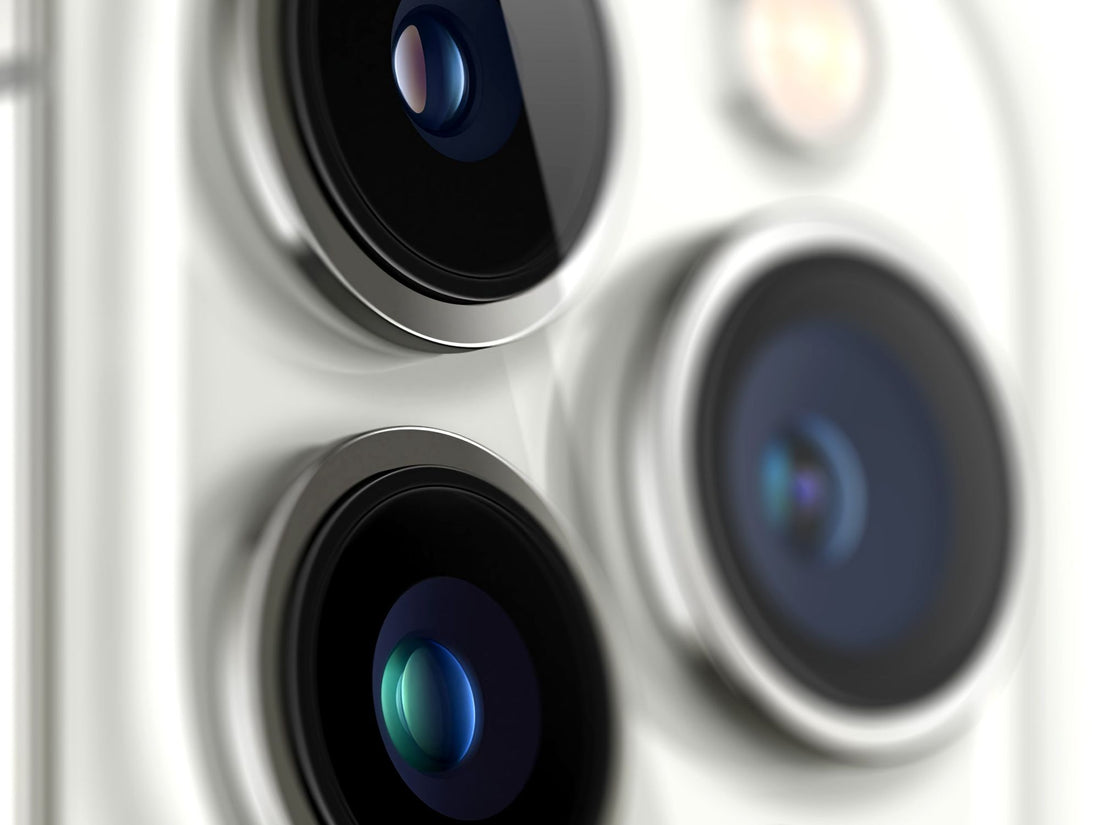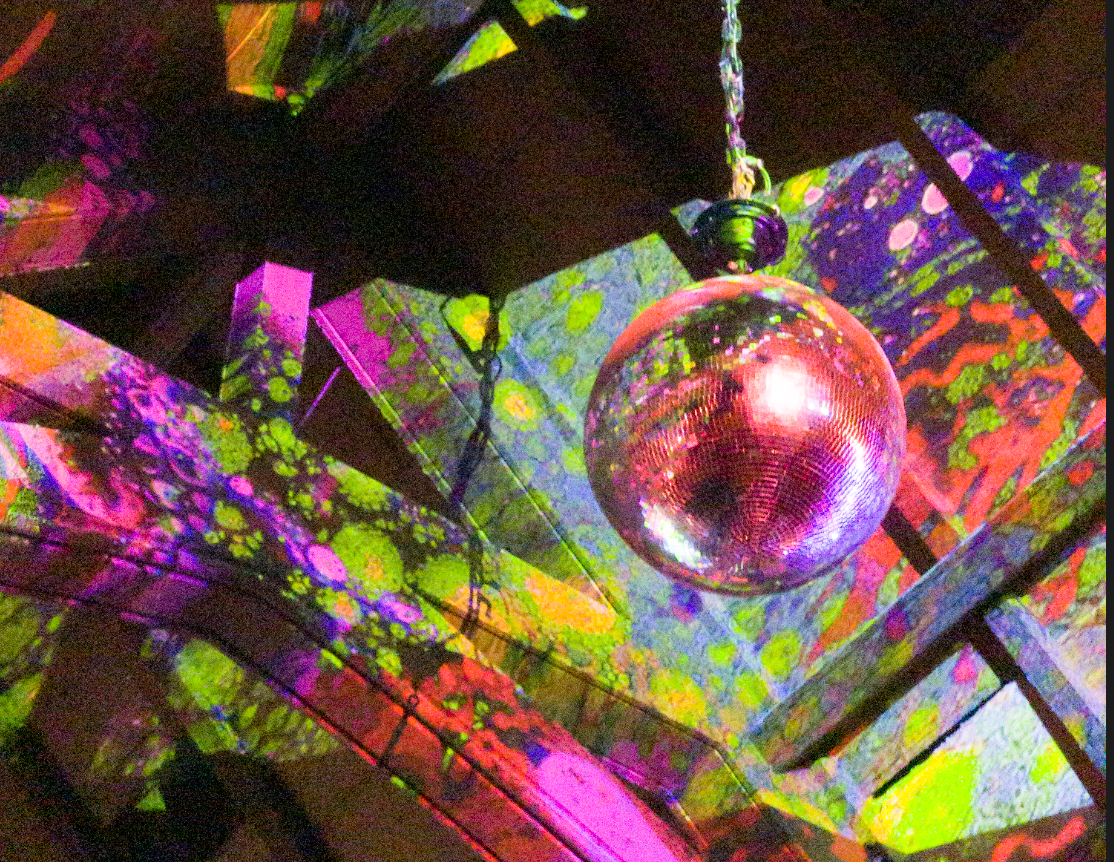
iPhone 13 Pro: The Edge of Intelligent Photography
Share
The Importance of Processing
When you take a photo on a modern iPhone — or any smartphone for that matter — you might like to think that what you saw was what you captured, but nothing could be further from the truth.
The zero’s and one’s that your sensor sees would mean nothing to the human eye. They require interpretation. For example, some of the colors your camera sees can’t be represented on your screen, so it needs to find something close. Some bits of processing are creative, like adding contrast to make things “pop,” while other decisions are to compensate for the weaknesses of the hardware, like noise.
Consider this underprocessed iPhone photo:

This noisy shot didn’t come from an iPhone 5— this is from an iPhone 13 Pro. This image, which is a ‘raw’ capture, is much noisier than what you’d get from a dedicated, full-size camera. Why? Physics.
Consider this series showing the evolution of Canon’s cameras over more than half a century:

You’ll notice that while technologies come and go, and even the medium changes (this camera, while externally similar, moved from 35mm film to digital), the camera stayed a similar shape, and most importantly, size.
Technology always strives for miniaturization. Your iPhone is enabled by smaller and denser chips with more power than the large desktop computers of decades ago; your iPhone screen is a higher resolution than most TVs, packed into a tiny 5 inch size, and your camera, too, is only a fraction of the size of a digital camera from years past.
Unfortunately, cameras are limited by the laws of physics. A larger lens can collect more light and produce a ‘depth of field’ that we find appealing in portraiture. A larger sensor means less noise and more detail. An inconvenient truth of phone photography is that it’s impossible to make the camera smaller without losing quality. But smartphones have a powerful advantage over their big brothers: the magic of processing. Today, the most cutting edge research (including our own at Halide) in photography is in an area called Computational Photography.
![]() Sebastiaan de With
Sebastiaan de With
